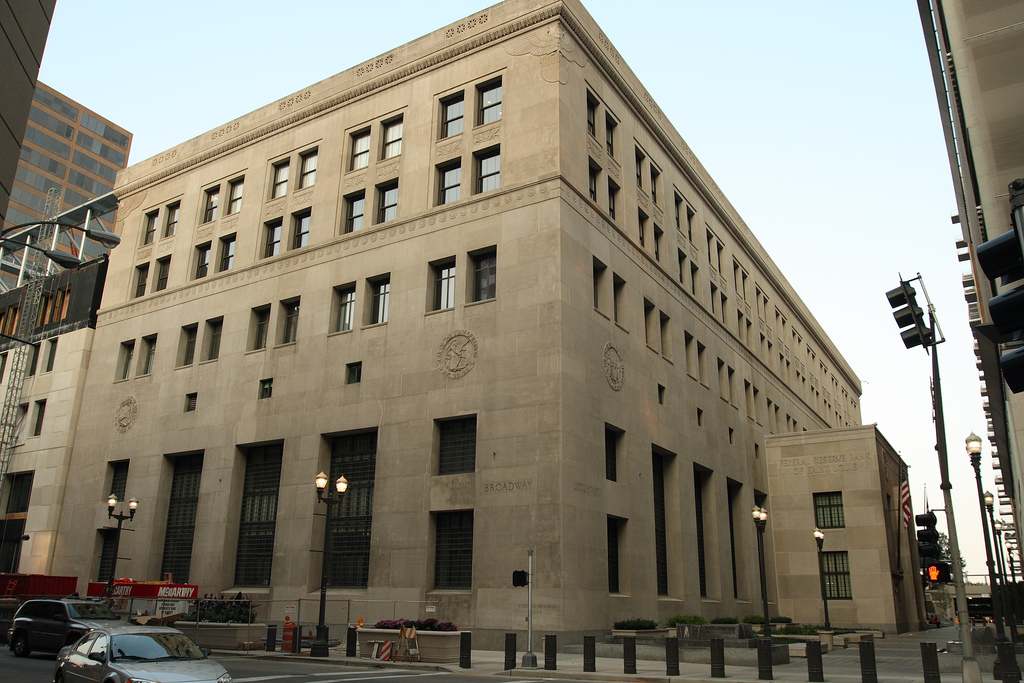Restoration with Architectural Fiberglass
When restoration is required, some original materials can be difficult to re-use to repair the existing architectural features. That’s when a different kind of material may be necessary that can create an exact match to the original details while also emulating the look of the original material. Architectural fiberglass can do all that and more, including restoring many architectural features, such as cornices, moldings, medallions and others, often found on the facades of historical buildings. The result is a beautiful match to the existing features or overall structure that is not being restored.
Advantages of Fiberglass for Restoration Projects
Unlike other types of materials, architectural fiberglass can be molded into any size and shape, including even the most complex patterns and designs often used in historical settings. It can be curved, contoured, ribbed or corrugated as well as formed to any degree of thickness.
Available technology also makes it possible to reproduce a pattern or design that may no longer be visible on the remaining architectural element. Using old photographs or renderings, the feature can be restored with computer-aided design and then a fiberglass mold can be made to create an exact replica.
Besides taking on the shape and pattern of any historical material, architectural fiberglass can be made to look like a wide range of finishes, such as terra cotta, natural stone, copper, concrete, steel and wood. These finishes can also be made to look dull, glossy, or rough.
Additionally, architectural fiberglass is lightweight. That means it is easy to work with, handle on the job site, and install. Yet, it is stronger and more durable than steel, aluminum, and concrete. Because of its durability, an added benefit is the confidence that it will last over the long term, often much longer than if traditional concrete or terra cotta had been used. Many lab tests have confirmed that architectural fiberglass features are resistant to water, fire, chemicals and other elements, making it virtually maintenance free and long lasting. These advantages make it a cost-effective restoration material.
For example, when restoring buildings that have stone or terra cotta features, using that same material would require significant framing and support. However, with architectural fiberglass, it weighs significantly less than other materials, which means that installation prep work is not required and the actual attachment requires fewer supporting elements.
Typically, architectural fiberglass features only require bolting, screw fastening, or hanging onto a z-clip system. Restoration projects can avoid using cranes and other heavy equipment, which further reduces the costs and minimizes the amount of time required to complete the project.
Free Estimates for Architectural Fiberglass Restoration Projects
Stromberg Architectural has assisted on hundreds of restoration projects that involve a wide range of architectural features on a wide range of historical structures and architectural styles. To learn more about how architectural fiberglass can help with your restoration project and to get a free estimate, please fill in our online contact form or call our experienced team at 903-454-0904.


Leave a Reply